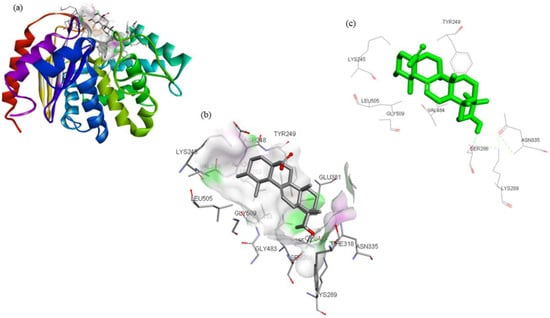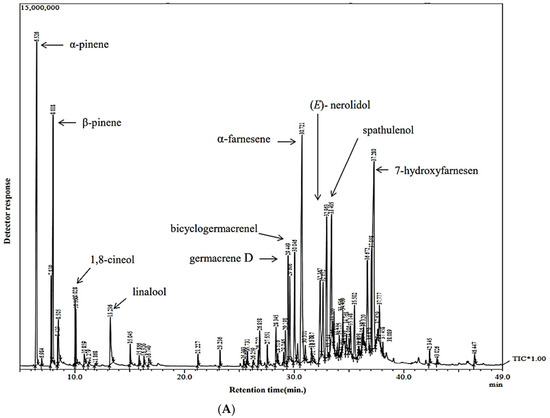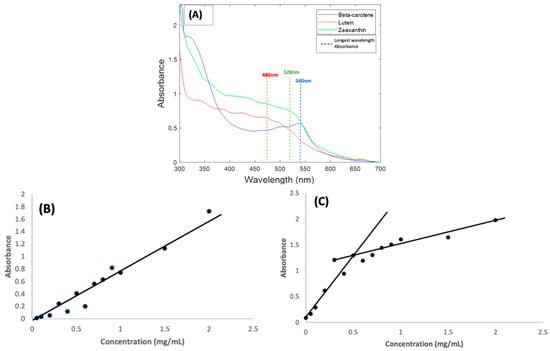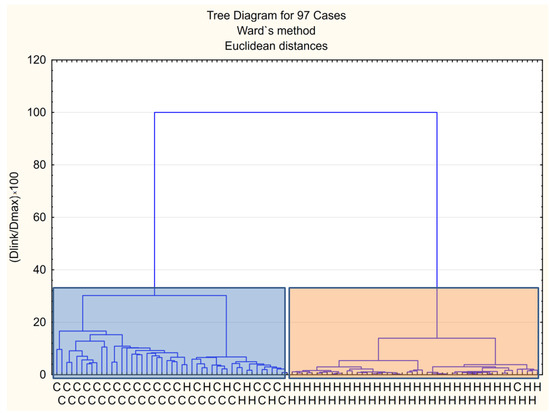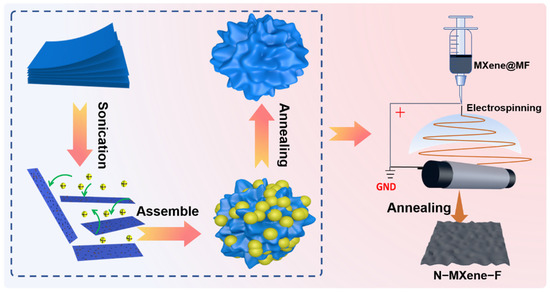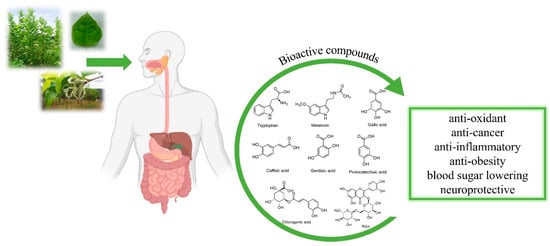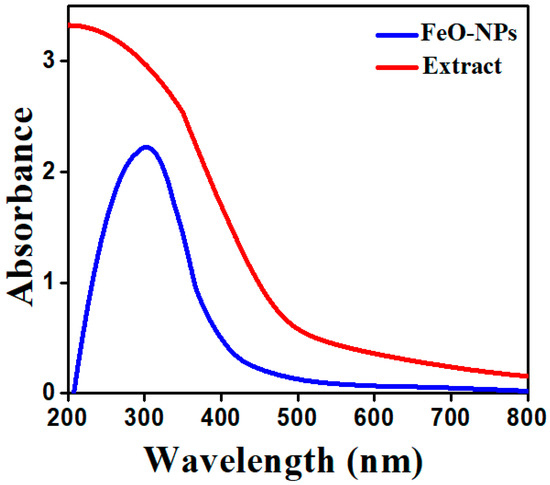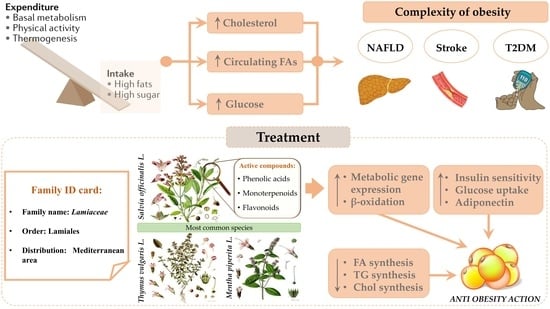Molecules 2022, 27(15), 5042; https://doi.org/10.3390/molecules27155042 - 8 Aug 2022
Cited by 23 | Viewed by 3070
| Correction
Abstract
Cancer cells change their glucose and glutamine (GLU) metabolism to obtain the energy required to continue growing. Glutaminase (GLS) plays a crucial role in promoting cell metabolism for cancer cell growth; targeting GLU metabolism by inhibiting GLS has attracted interest as a potential
[...] Read more.
Cancer cells change their glucose and glutamine (GLU) metabolism to obtain the energy required to continue growing. Glutaminase (GLS) plays a crucial role in promoting cell metabolism for cancer cell growth; targeting GLU metabolism by inhibiting GLS has attracted interest as a potential cancer management strategy. Herein, we employed a sequential screening of traditional Chinese medicine (TCM) database followed by drug-likeness and molecular dynamics simulations against the active site of GLS. We report 12 potent compounds after screening the TCM database against GLS, followed by a drug-likeness filter with Lipinski and Veber rule criteria. Among them, ZINC03978829 and ZINC32296657 were found to have higher binding energy (BE) values than the control compound 6-Diazo-5-Oxo-L-Norleucine, with BEs of −9.3 and −9.7 kcal/mol, respectively, compared to the BE of 6-Diazo-5-Oxo-L-Norleucine (−4.7 kcal/mol) with GLS. Molecular dynamics simulations were used to evaluate the results further, and a 100 ns MD simulation revealed that the hits form stable complexes with GLS and formed 2–5 hydrogen bond interactions. This study indicates that these hits might be employed as GLS inhibitors in the battle against cancer. However, more laboratory tests are a prerequisite to optimize them as GLS inhibitors.
Full article
(This article belongs to the Special Issue Molecular Simulations Applications in Biochemistry and Molecular Biology)
►
Show Figures
